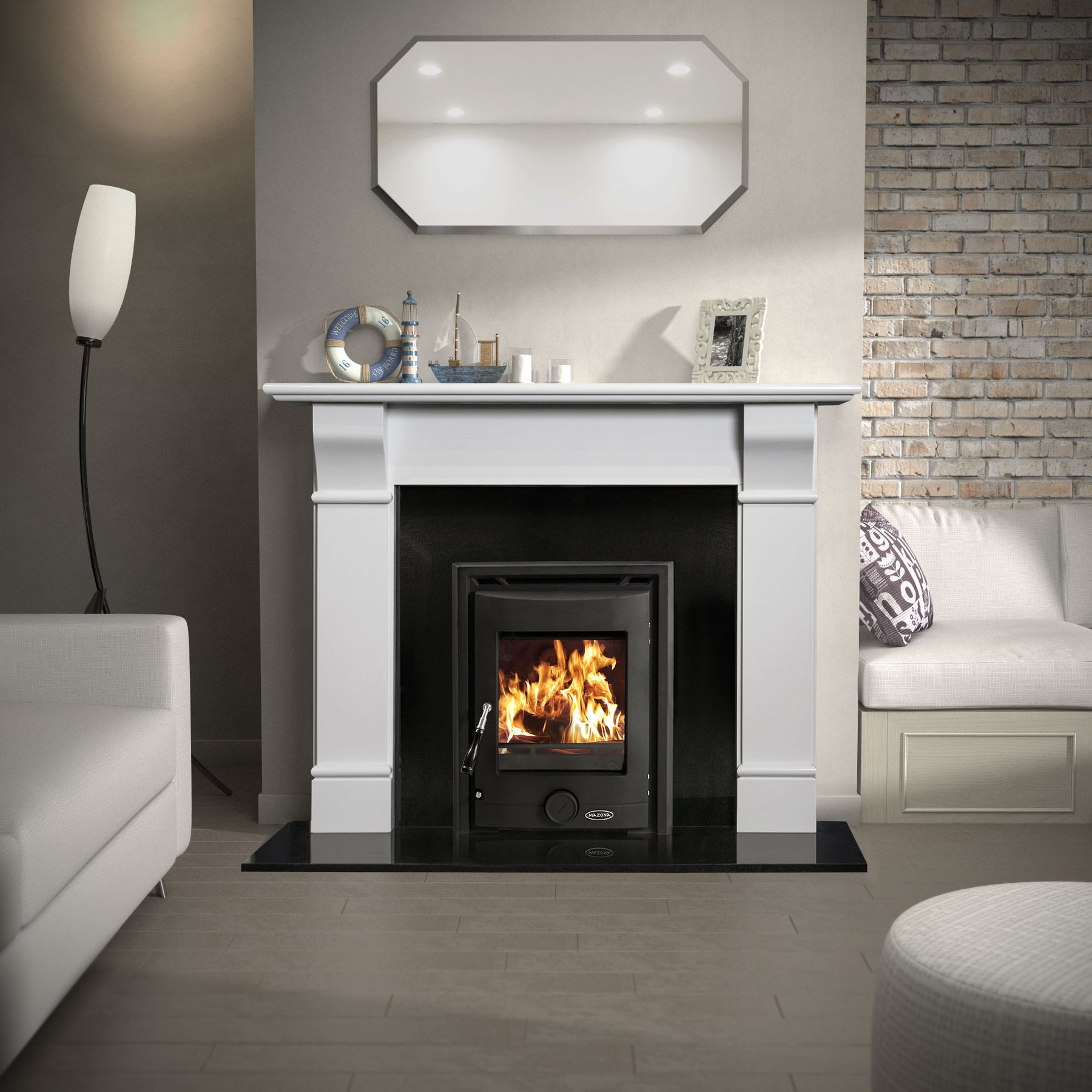0121 271 0221

What are the Differences between Conventional Stoves and Modern Stoves
What are the differences between Conventional Stoves and Modern Stoves?
Wood-burning stoves, like any piece of engineering that has been in existence for more than 100 years, have gone through considerable changes since they were first introduced.
Since the heritage and tradition of stoves is one of the factors that makes them so popular, the appearance of wood burners has remained relatively unchanged over the years. But it would be wrong to assume that they are still the same inside. Appearances can be deceptive.
Behind the exterior, the modern stove has changed almost beyond recognition. And that’s good news for the environment and for your bank balance.
Originally, stoves were very basic metal boxes in which you could build a fire. No consideration was given to ensuring that the wood burned cleanly or efficiently. That approach has changed fundamentally in recent years.
A good reason to be baffled
One of the key changes is that modern stoves contain a baffle. This is a metal surface that restricts the flow of air up the chimney and also reflects heat back into the firebox, increasing the temperature of the stove.
Newer stoves also have a secondary air input. This creates a supply of pre-heated air at the top of the firebox, which helps to burn gases that would have previously gone up the chimney.
Both of these innovations help to ensure that anything that can be burned is burned before it leaves the firebox.
Rising efficiency
In a conventional stove, the smoke and heat that rose out of the wood would continue to rise, straight up the chimney. That meant that gases that are harmful to the environment when unburned, but very useful for heating your home, were just allowed to escape.
And not all of them would escape. Some would stick to the side of your chimney in the form of creosote, causing your stove to be less efficient and more susceptible to chimney fires.
The new technology in use in modern stoves makes them 30% more efficient. That means almost a one-third reduction in the number of times you need to buy or chop wood. There is also a 90% reduction in air pollution from a modern stove in comparison to a conventional stove.
This is neatly illustrated by the lack of smoke that comes from the chimney of a modern stove – a nice symbol of a clean, efficient burn.
